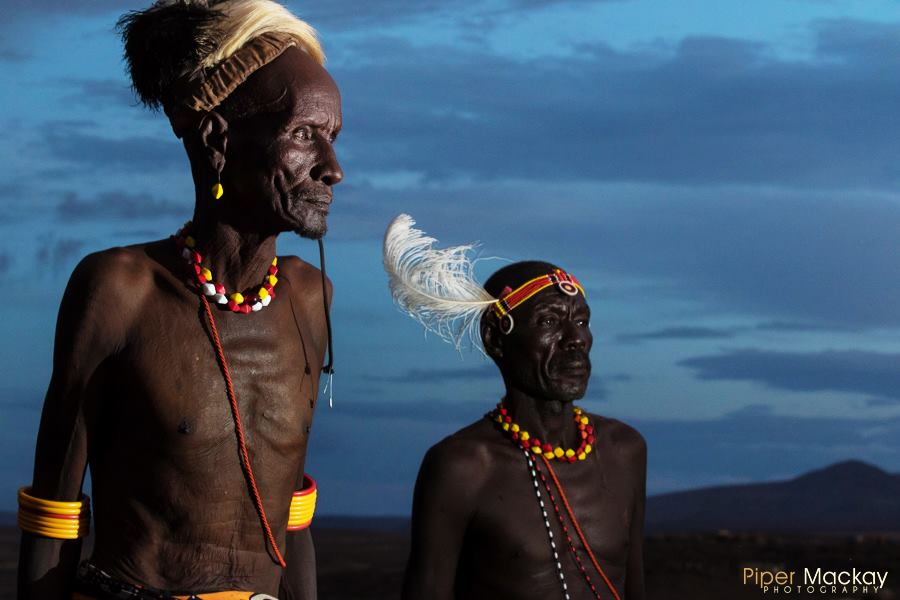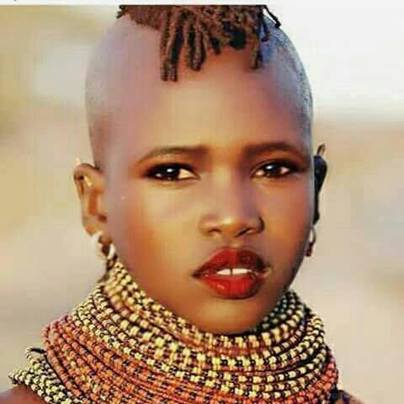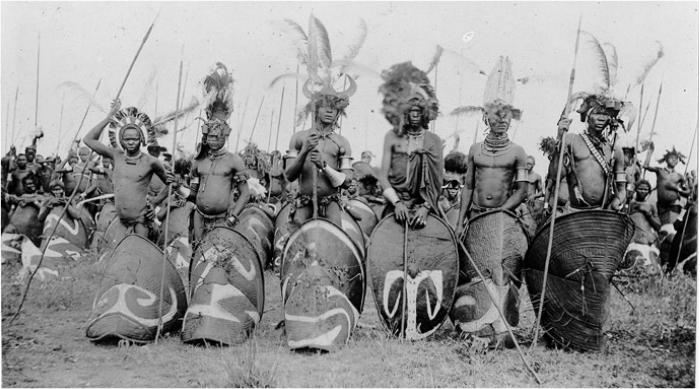List the classifications of the Nilotic speakers (Identify the groups into which the Nilotic speakers are divided)
Name the communities that belong to the River-Lake Nilotes group
The Luo originated from Bahr-El-Ghazal, area in Southern Sudan, from where they moved and settled at Pu Bungu in northern Uganda. THE KENYA LUO [Analyse/discuss migration and settlement of the Luo into Kenya]
Analyse/discuss migration and settlement of the four Luo groups into Kenya
JOKA JOK
Give reasons for the migration of the Luo from Bahr-El-Ghazal in Sudan to Kenya by 1800AD
Explain social organization among the Kenya Luo during the pre -colonial period
Explain the economic activities of the Kenya Luo during the pre -colonial period
Discuss Political organization among the Kenya Luo during the pre -colonial period
Explain the role/functions of the council of elders among the Kenya Luo during the pre - colonial period (What were the duties of the council of elders among the Kenya Luo during the pre-colonial period?)
Explain the consequences/impact/results of the migration and settlement of the Luo in Kenya by 1750AD
Nilotes Social Organization
The Nilotes economic organization
Political organization of the Nilotes
The Nandi
By 1900 AD, the Nandi had already established their social, economic and political institutions.
The Nandi Social organization
The Maasai [Social organization]
Economic organization of the Maasai
Political organization of the Maasai
RESULTS OF MIGRATION AND SETTLEMENT OF HIGHLAND NILOTES IN KENYA
Related Topics
1 Comment
Kevin John
11/10/2021 13:21:23
To delink negative ethnicity from electoral process in Kenya is to live in denial.discuss
Reply
Leave a Reply. |
Archives
November 2023
Categories
All
|
Can't find what you are looking for? Don't worry, Use the Search Box Below.
|
Primary Resources
College Resources
Can't find what you want? Use this Search box. |
Secondary Resources
|
Contact Us
Manyam Franchise
P.O Box 1189 - 40200 Kisii Tel: 0728 450 424 Tel: 0738 619 279 E-mail - sales@manyamfranchise.com |



 RSS Feed
RSS Feed

